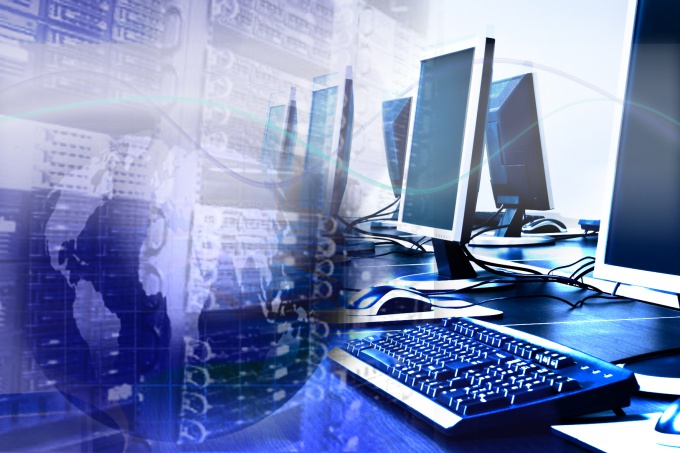You will need
- - multiple computers;
- - 60-80 GB hard disk;
- - Ethernet card;
- - 256-512 MB of RAM.
Instruction
1
Determine the number of users who can simultaneously access the server. If there will be 10 or less, the file server can be built on relatively modest hardware, and if not, the server connection must be parallel, not in sequence. And you need to consider using a more powerful computer with plenty of RAM for better performance.
2
Select the operating system for the server. This often depends on preferences and desired level of comfort. Linux or another operating system, like UNIX, can run on modest hardware with high performance, unless you install a graphical interface.
3
Pick up the hard drive with the ability to share files. If most of the files that will be used by the server is a spreadsheet or text documents, then a hard disk of 60 or 80 gigabytes will suffice, since these types of files are relatively small. However, if you plan on sharing music, video or large databases, choose the disk of several hundred gigabytes.
4
Buy new or used computer or build your own. If you plan to use Linux or a similar system, the server will require computers with less performance and fewer. Can be purchased and supported equipment. Main here will be the presence of an Ethernet card to connect to a home or office network.
5
Install additional memory if required. Smaller file servers work well with 256 megabytes of RAM but for better performance you will need 512 megabytes or more. More users - more RAM.
6
Configure the server in the control Panel, enable access files and printers by using the administrative tools.
